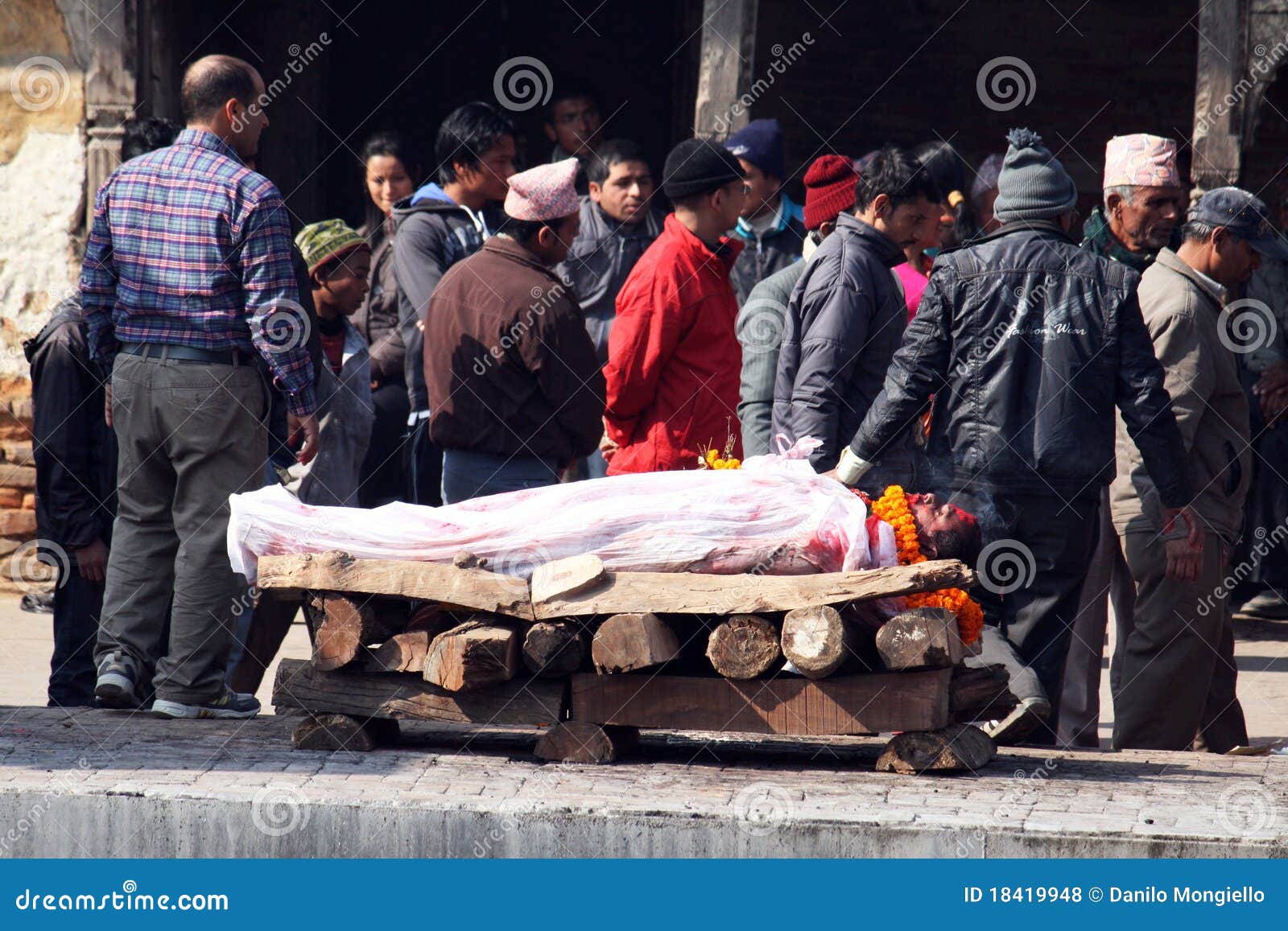

This study explores the burial practices and secondary funerary rites at the Carrowkeel Neolithic passage tomb complex in County Sligo in northwest Ireland. Such theories need to engage with broad cross-cultural themes and also remain sensitive to the considerable variety of mortuary procedures involving fire used at different times and in different places. Therefore, alongside increasingly refined methodologies for investigating burnt bones, it is argued that archaeologists need to redress this imbalance by developing explicit theoretical approaches to the phenomenon of cremation.

This relative failure to adequately engage with the complexity and the variability of cremation practices across cultures seems connected to the fact that most of the theoretical debates and developments in mortuary archaeology have, until quite recently, been primarily geared to the investigation of unburned human remains. This chapter argues that in contrast to the rich and widespread evidence for cremation in the archaeological record, theoretical approaches in the archaeology of cremation have been relatively thin on the ground until very recently. How can we begin to understand and explain the changing significance of cremation in past societies? From many parts of the world and for many periods of human history from as early as the Upper Palaeolithic (Bowler et al., 1980) to recent centuries, archaeologists have uncovered and investigated material evidence for the use of fire as a means of transforming and disposing of the dead. NOTE: This is a modestly revised 2nd edition of my 2008 paper with the same title.


 0 kommentar(er)
0 kommentar(er)
